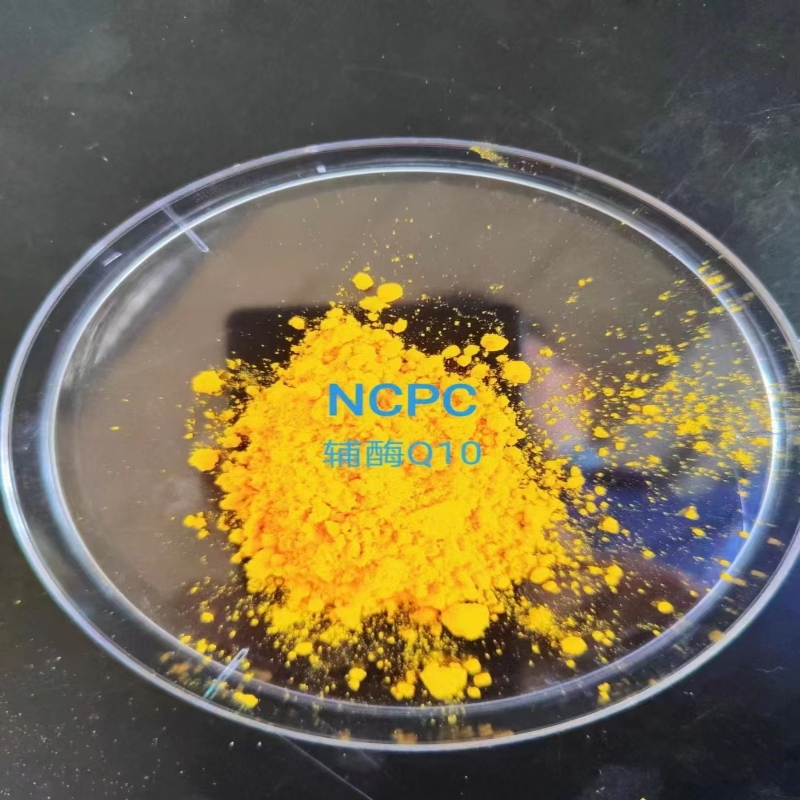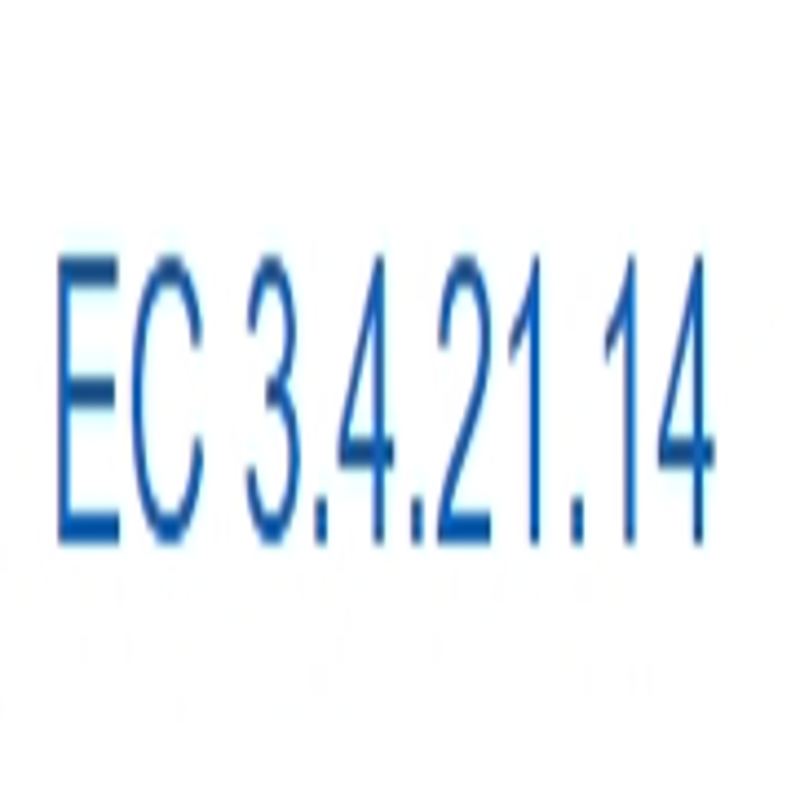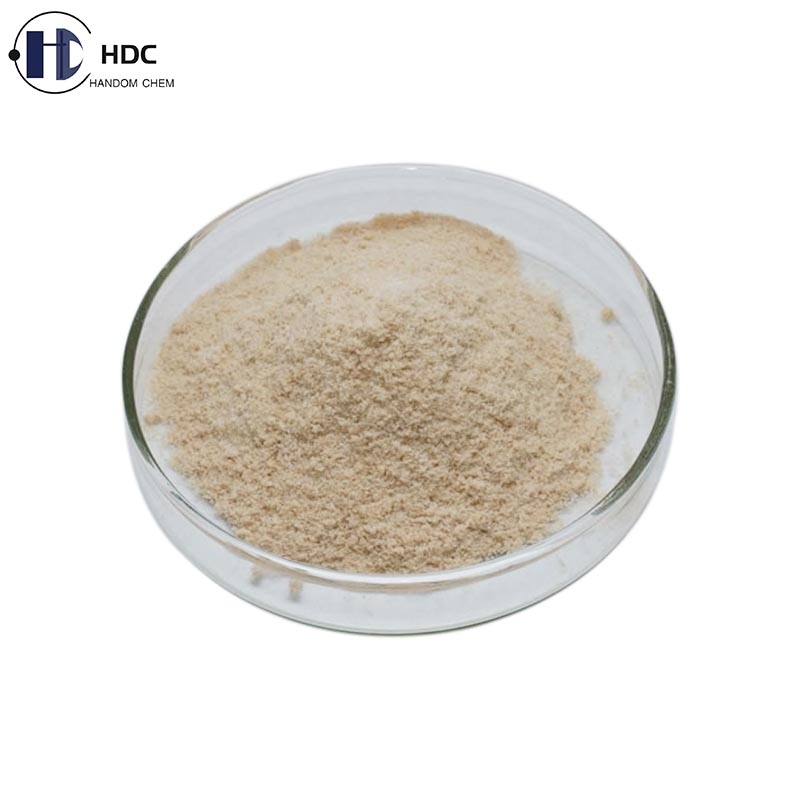Progress in the development of new bifunctional alginate lyase
-
Last Update: 2019-11-13
-
Source: Internet
-
Author: User
Search more information of high quality chemicals, good prices and reliable suppliers, visit
www.echemi.com
Fuctional oligosaccharide is a kind of functional oligosaccharide obtained from alginate through a certain cracking reaction It has rich biological activities, such as anti-tumor, anti-inflammatory, immune regulation and blood lipid reduction It has a strong application prospect in the fields of medicine, health products, cosmetics, animal feed and plant regulators The traditional preparation method of alginate oligosaccharide is to use lye to degrade the alginate rich brown algae, which will destroy the active ingredients in brown algae and cause great environmental pollution Tianjin Industrial Biotechnology, Chinese Academy of Sciences The research team of functional sugars and natural active substances led by sun yuanxia, a researcher of the Research Institute, obtained a microorganism capable of degrading alginate from the marine environment, excavated and characterized a new type of alkali resistant bifunctional alginate lyase, which has high activity for Polymannuronic acid (polym) and polyguluronic acid (polyg) in alginate and can completely degrade alginate The main products of gum are fucoidan, trisaccharide and tetrasaccharide, and the enzyme activity and thermal stability are significantly improved by further protein domain modification, which makes the enzyme have strong industrial application potential The research was supported by the national key R & D plan and the project of youth innovation promotion association of Chinese Academy of Sciences The related results were published in marine drugs magazine Yan Junjun, a postdoctoral student of Tianjin Institute of technology and Tianjin University of science and technology, Chen Peng, a postdoctoral student of Tianjin Institute of technology, was the first author of the paper, and Zhu Yueming, an associate researcher, was the corresponding author of the paper (BIOON Com)
This article is an English version of an article which is originally in the Chinese language on echemi.com and is provided for information purposes only.
This website makes no representation or warranty of any kind, either expressed or implied, as to the accuracy, completeness ownership or reliability of
the article or any translations thereof. If you have any concerns or complaints relating to the article, please send an email, providing a detailed
description of the concern or complaint, to
service@echemi.com. A staff member will contact you within 5 working days. Once verified, infringing content
will be removed immediately.







